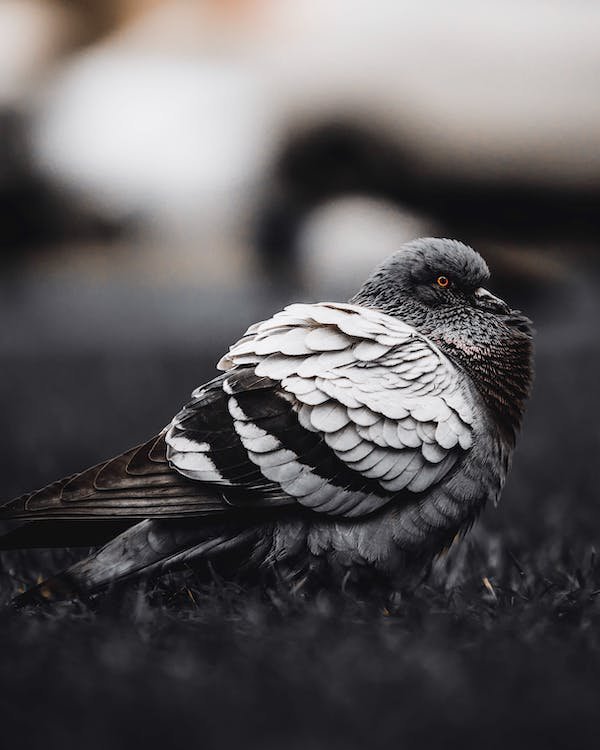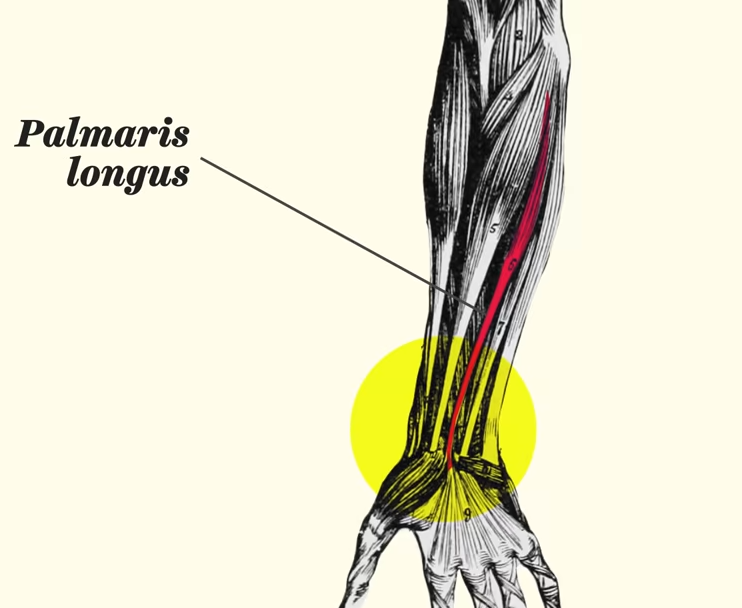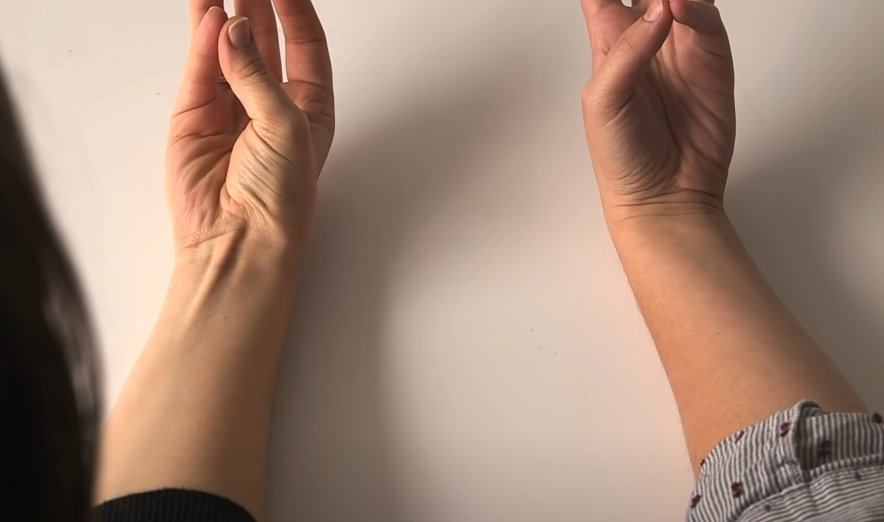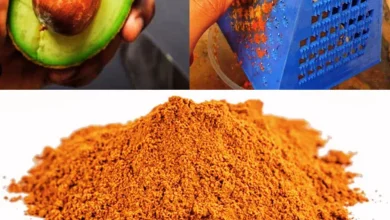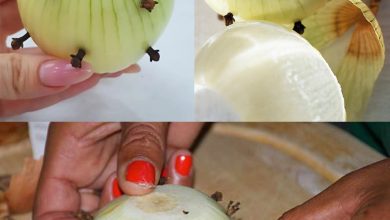If a Tendon Raises Up When You Touch Your Pinky to Your Thumb, Here’s What It Could Mean

The human body, a marvel of biological engineering, is a testament to millions of years of evolutionary history. While we may not always be conscious of it, our physical features often reveal fascinating stories of our ancestors. One such intriguing example is the palmaris longus muscle and its associated tendon.
Evolutionary Vestiges: Remnants of Our Past
Evolution, a gradual process of change, leaves behind traces in the form of vestigial structures – remnants of organs or body parts that were once functional but have lost their original purpose. These evolutionary vestiges serve as fascinating windows into our past, providing clues about the challenges and adaptations faced by our ancestors.
Goosebumps, for instance, are a classic example of a vestigial response. In our distant past, when humans and other mammals faced cold temperatures, the contraction of tiny muscles attached to hair follicles caused the hairs to stand on end, trapping a layer of air to provide insulation. While this mechanism is less crucial for modern humans with their access to clothing, the instinctual response remains, a silent echo of our evolutionary heritage.
Similarly, the defensive postures adopted by many animals, such as a cat arching its back and puffing up its fur, are rooted in evolutionary history. This behavior, designed to make the animal appear larger and more intimidating, served as a crucial deterrent to predators. Though its effectiveness may vary in today’s world, this innate response remains a powerful testament to the survival strategies of our ancestors.
The Palmaris Longus: A Vanishing Act?
One of the most intriguing examples of an evolutionary vestige can be found within our own wrists. The palmaris longus muscle, a long, thin muscle that runs along the inner forearm, is a fascinating remnant of our arboreal past.
Our primate ancestors, adept climbers and brachiators (animals that swing from branch to branch), heavily relied on the palmaris longus muscle to assist with grasping and swinging movements. However, as humans transitioned to life on the ground, the reliance on this muscle gradually diminished.
Consequently, natural selection, the driving force of evolution, began to favor individuals with reduced or absent palmaris longus muscles. This process, known as “vestigialization,” occurs when a structure loses its original function and gradually diminishes in size over generations.
Do You Have a Palmaris Longus?
Interestingly, a significant portion of the human population – approximately 10 to 15% – lacks a palpable palmaris longus tendon. This variation in human anatomy serves as a powerful reminder of the ongoing nature of evolution. Even within our own species, subtle differences in physical traits reflect the diverse paths taken by our ancestors.
To determine if you possess this evolutionary remnant, perform a simple test:
- Place your forearm on a flat surface with your palm facing upward.
- Gently touch your pinky finger to your thumb.
- Slightly lift your hand.
If you observe a prominent raised band in the middle of your wrist, you have a palpable palmaris longus tendon. This simple observation provides a tangible connection to our primate ancestors, offering a glimpse into the remarkable journey of human evolution.
The human body is a living museum of evolutionary history. From goosebumps to the palmaris longus muscle, these seemingly insignificant features offer profound insights into our past. By understanding these vestigial structures, we gain a deeper appreciation for the intricate and dynamic nature of evolution and the remarkable story of our own species.
